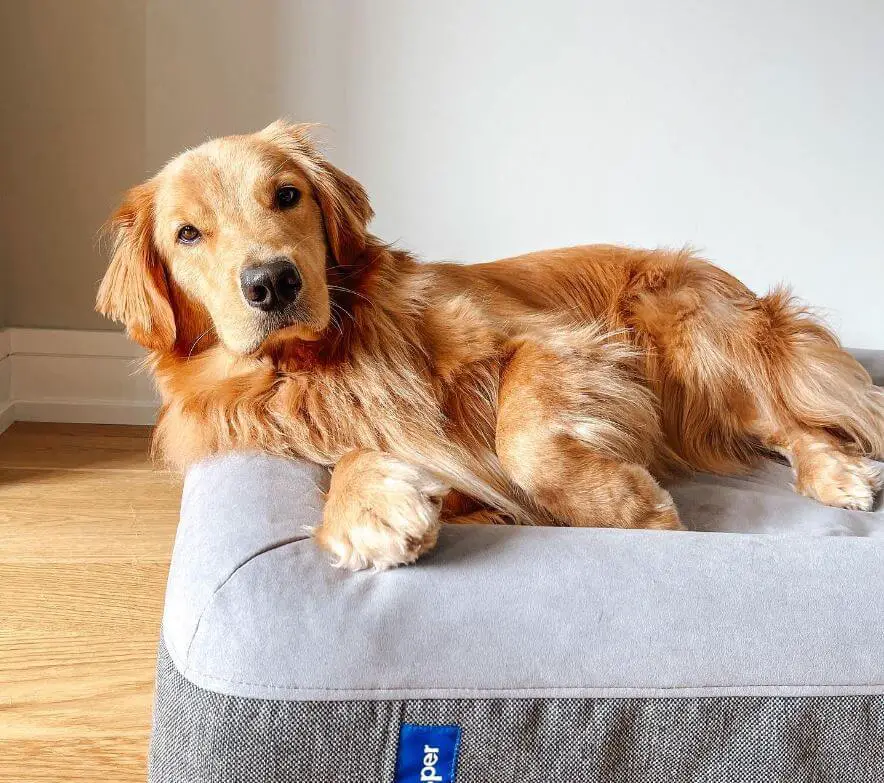Separation anxiety is a common behavior problem in dogs that occurs when a dog becomes overly anxious or stressed when separated from their owners. This condition can result in destructive behavior, such as chewing, digging, or barking, as well as other symptoms such as excessive salivation, whining, and restlessness.

Reasons for Separation Anxiety
1 – Early Weaning: Puppies that are weaned too early from their mothers can develop separation anxiety as they grow older.
2 – Change in Routine: Changes in a dog’s routine, such as a new home, a new family member, or a change in a family member’s schedule, can trigger separation anxiety.
3 – Lack of Socialization: Dogs that are not properly socialized, or have limited exposure to new people, places, and experiences, can be more prone to separation anxiety.

Ways to Manage Separation Anxiety
1 – Gradual Desensitization: Gradually increasing the amount of time you spend away from your dog can help them become more comfortable with being alone.
2 – Counter-Conditioning: Changing your dog’s emotional response to being alone by providing positive experiences, such as toys, treats, or other rewards, can help reduce their anxiety.
3 – Training: Teaching your dog basic obedience commands and desensitization training can help reduce their anxiety.
4 – Medication: In severe cases of separation anxiety, medication prescribed by a veterinarian may be necessary to help manage your dog’s symptoms.
5 – Seek Professional Help: If your dog’s separation anxiety is becoming a serious problem, consider seeking the help of a professional dog behaviorist.
In conclusion, separation anxiety is a common behavior problem in dogs that can be effectively managed with the right approach. By using a combination of gradual desensitization, counter-conditioning, training, medication, and seeking professional help if needed, you can help your dog overcome their anxiety and lead a happy and healthy life.
